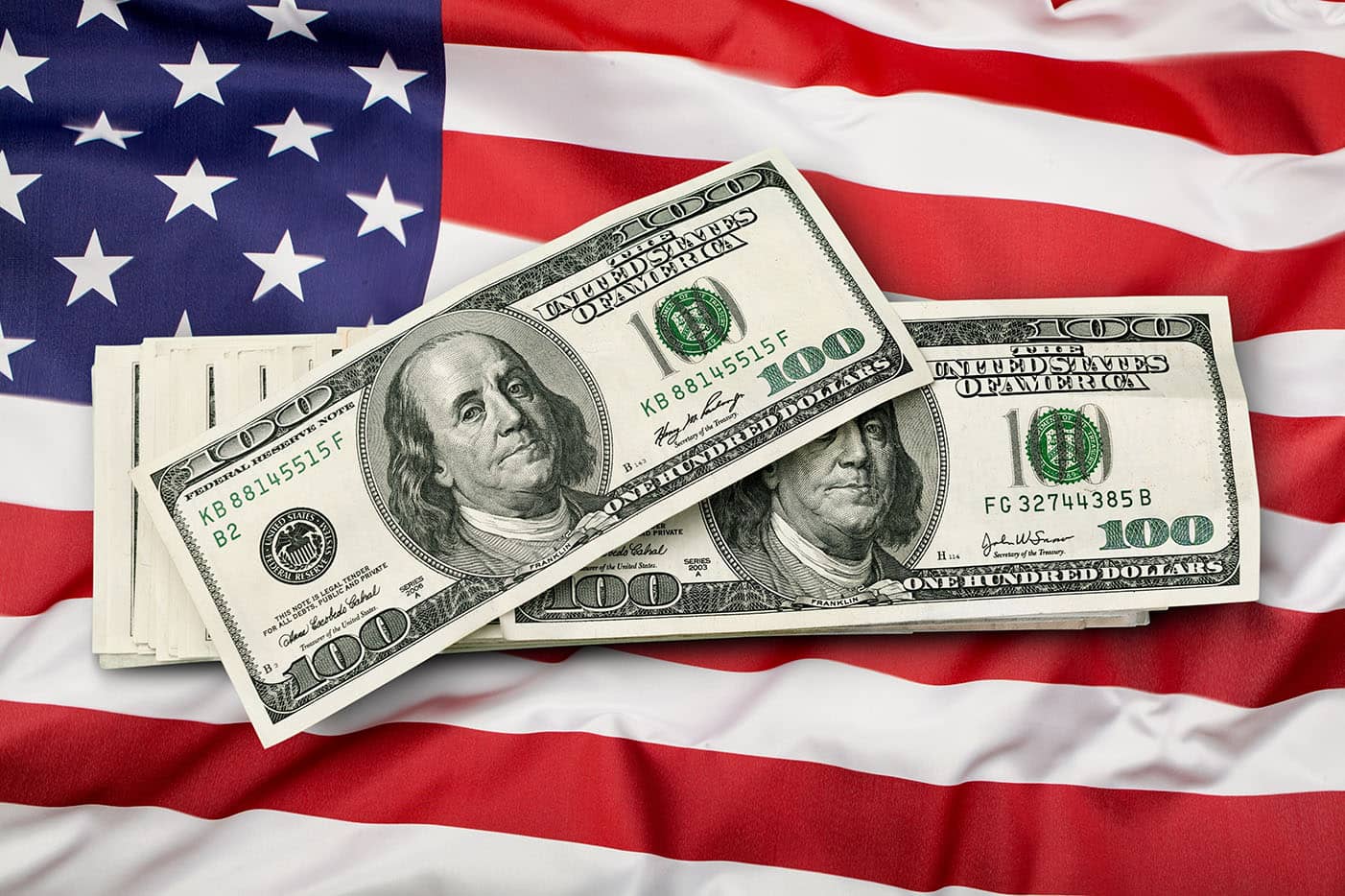Forex
American dollar rate today declines against the euro and pound, goes up against the yen

The American dollar rate today is falling against the euro and the pound, and rising against the Japanese currency. The yen weakening comes against the background of the Bank of Japan maintaining a soft monetary policy, while other central banks around the world have begun to tighten it because of the inflation rate, breaking multi-year records. In total, the yen has lost 21% since the beginning of the year.
“The yen is at risk of further depreciation as long as the Bank of Japan’s control of the yield curve remains status quo and other central banks, including the Fed, continue to tighten or normalize policy,” said Oversea-Chinese Banking Corp. strategist Christopher Wong.
Meanwhile, the ICE-calculated index showing current dollar rate movements against six currencies (euro, Swiss franc, yen, Canadian dollar, pound sterling and Swedish krona) is down 0.27%, while the broader WSJ Dollar is down 0.29%.
The euro rose 0.19% to $0.9821 against the dollar, up from $0.9802 at the close of Friday’s session. The pound rose 0.8% to $1.1259 from $1.1170 at the close of the previous session.
The U.S. currency gained 0.10 percent against the yen to 144.88 yen from 144.74 yen on Friday. During the session, the yen was falling below 145 yen per $1, which could provoke the Japanese government to carry out a currency intervention for the second time this year.
The Japanese currency fell to 145.9 yen per dollar on September 22, after which the Ministry of Finance decided to intervene in the currency market for the first time in 24 years. The authorities spent a total of 2.84 trillion yen ($19.65 billion) in September to support the national currency, according to the ministry.
Earlier we reported that the dollar is losing value against the euro and the yen.

 Forex3 years ago
Forex3 years agoForex Today: the dollar is gaining strength amid gloomy sentiment at the start of the Fed’s week

 Forex3 years ago
Forex3 years agoUnbiased review of Pocket Option broker

 Forex3 years ago
Forex3 years agoDollar to pound sterling exchange rate today: Pound plummeted to its lowest since 1985

 Forex3 years ago
Forex3 years agoHow is the Australian dollar doing today?

 Cryptocurrency3 years ago
Cryptocurrency3 years agoWhat happened in the crypto market – current events today

 World3 years ago
World3 years agoWhy are modern video games an art form?

 Commodities3 years ago
Commodities3 years agoCopper continues to fall in price on expectations of lower demand in China

 Economy3 years ago
Economy3 years agoCrude oil tankers double in price due to EU anti-Russian sanctions



























